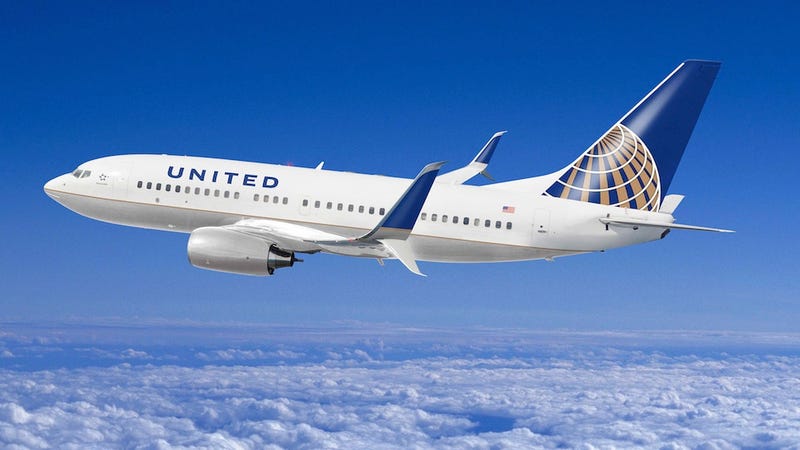Boeing 737 900er Fsx
- Posted in:Admin
- 05/05/18
- 79


(2018 US$ million) -700: 85.8, -800: 102.2, -900ER: 108.4 Developed from Variants Developed into The Boeing 737 Next Generation, commonly abbreviated as 737NG, is the name given to the −600/-700/-800/-900 series of the airliner. It is the third generation derivative of the 737, and follows the (−300/-400/-500) series, which began production in the 1980s.
Produced since 1996 by, the 737NG series includes four variants and can seat between 110 and 210 passengers. As of December 2017, a total of 7,094 737NG aircraft have been ordered, of which 6,658 have been delivered. The remaining orders are in the -700, -700 BBJ, -800, -800 BBJ and -900ER variants. The 737NG's primary is with the.
Upgraded and re-engined models in development as the series are to eventually supplant the 737NG, with the first 737 MAX delivered in 2017. Contents • • • • • • • • • • • • • • • • • • • • • • • • Design and development [ ] Background [ ] When regular Boeing customer bought the, this prompted Boeing to update the slower, shorter-range -400 into the more efficient, longer -800 New Generation. While the A320 is more technologically advanced, in 1991 Boeing initiated development of an updated series of aircraft. After working with potential customers, the 737 Next Generation (NG) program was announced on November 17, 1993. The 737NG encompasses the −600, −700, −800 and −900 variants, and is the most significant upgrade of the airframe to date.
Currently the bureau is a one persons dream. My name is Erez Werber, I am Currently residing in Israel studying computer science and enjoying aviation both real, and.
The performance of the 737NG is essentially that of a new airplane, but important commonality is retained from previous 737 generations. Download Software Credit Repair Software Programs on this page. The wing was modified, increasing its area by 25% and span by 16 ft (4.88 m), which increased the total fuel capacity by 30%. New quieter and more fuel-efficient engines were used. These improvements combine to increase the 737's range by 900 nmi, permitting transcontinental service.
Windows System 32 Mising File more. A flight test program was operated by 10 aircraft: 3 -600s, 4 -700s, and 3 -800s. Interior [ ].
Archive And Install_failed_invalid_apk Showbox there. 737-800 cabin with conventional interior The passenger cabin of the 737 Next Generation improved on the previous style interior of the and the by incorporating select features from the, with larger, more rounded overhead bins and curved ceiling panels. The interior of the 737 Next Generation also became the standard interior on the, and subsequently became optional on the 757-200. In 2010, the interior of the 737 Next Generation was updated to look similar to that of the.
Known as the Boeing Sky Interior (BSI), it introduces new pivoting overhead bins (a first for a Boeing narrowbody aircraft), new sidewalls, new passenger service units, and mood lighting. Boeing also offers BSI retrofits for older 737NG aircraft. Boeing's Space Bins carry 50% more than the pivoting bins, allowing a 737 to hold 174. Production and testing [ ] The first NG to roll out was a −700, on December 8, 1996.
This aircraft, the 2,843rd 737 built, first flew on February 9, 1997 with pilots Mike Hewett and Ken Higgins. The prototype −800 rolled out on June 30, 1997 and first flew on July 31, 1997, piloted by Jim McRoberts and again by Hewett. The smallest of the new variants, the −600 series, is identical in size to the −500, launching in December 1997 with an initial flight occurring January 22, 1998; it was granted FAA certification on August 18, 1998. Boeing increased 737 production from 31.5 to 35 per month in January 2012, to 38 per month in 2013, to 42 per month in 2014, and is planned to reach rates of 47 per month in 2017 and 52 per month in 2018.